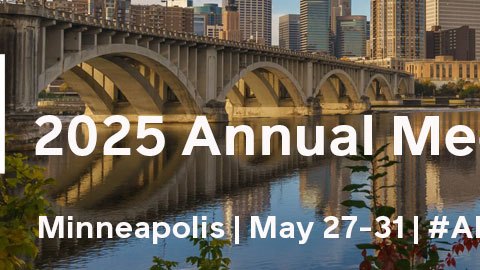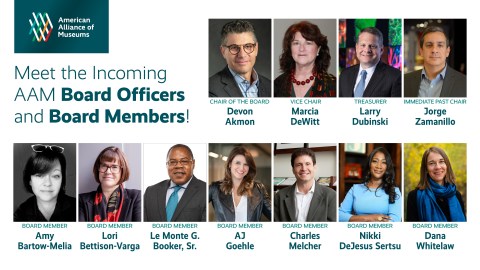Foreword
Art museums aspire to play a singular social role for the public—they commit to both preserving and stewarding collections of art for current and future generations, while also serving as a space for learning, interacting, and exploring. Art museums are crucial third places for curated experiences with beauty, creativity, scholarship, and history. Such spaces have the ability to strengthen communities, provide sublime or contemplative experiences, and provoke the imagination.
But these lofty aims bring with them responsibilities—namely, the inclusion of diverse perspectives that can allow institutions to effectively reflect and welcome everyone who might benefit from such a project. By this measure, art museums have a history of failure. We know that, with respect to audiences, people of color are less likely to feel comfortable in museums than their White peers. We know that historical collecting practices have skewed toward White men. And, through the Mellon Foundation and Ithaka S+R’s research into the demographics of art museum staff, we know the field has struggled to hire a diverse workforce, particularly within roles that are tasked with narrating cultural histories.
With the 2022 cycle of the Art Museum Staff Demographic Survey, the Mellon Foundation and Ithaka S+R have found steady progress has been made since we began collecting this data in 2014 for the first 2015 Art Museum Demographic Survey. However, people of color still fill under 25 percent of certain important positions, and gains among Black and Indigenous staff have been limited.
It is encouraging to see that some museums have found effective strategies to improve staff diversity, and refreshing to dispel the refrain that there are no qualified people of color to hire for these roles. The findings in this report reveal changes in staffing patterns since the pandemic and racial justice protests of 2020, changes that have brought a substantial increase in POC staff to museums.
We share this report publicly as a tool that might inform museums as they pursue strategies to align their staff to better reflect and engage with the diverse publics they are committed to serve.








